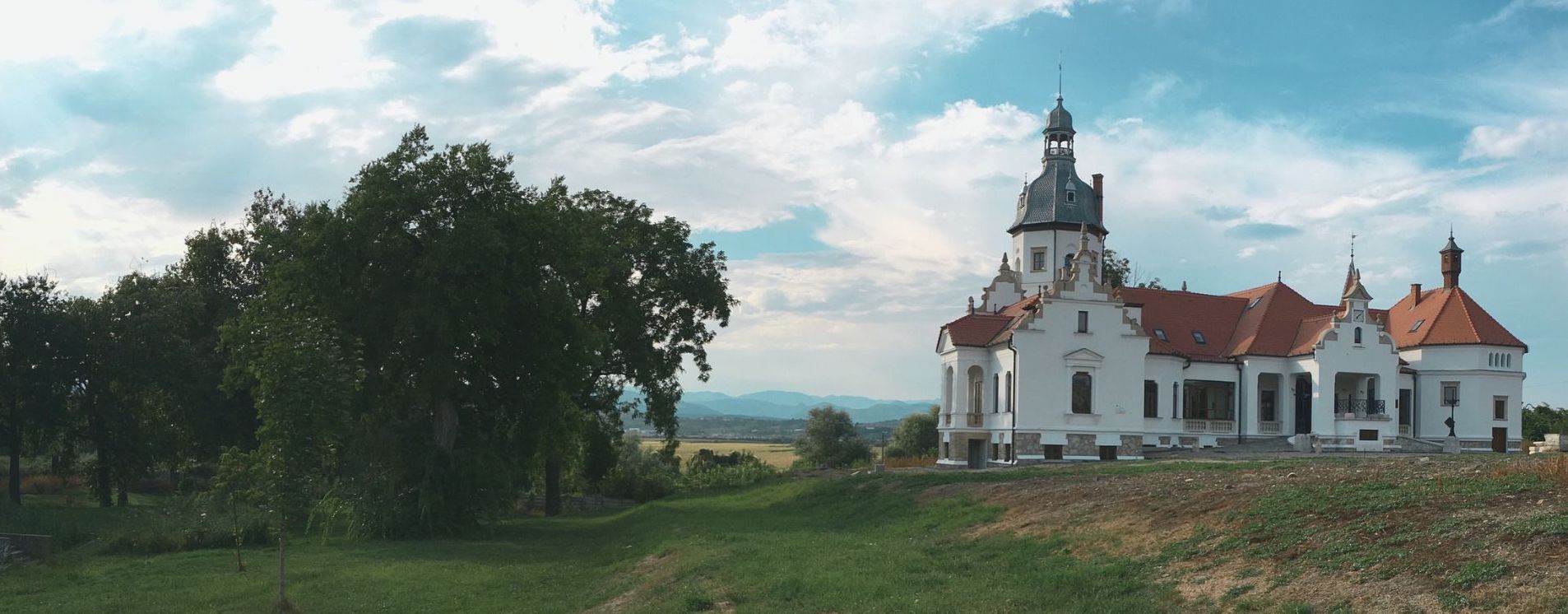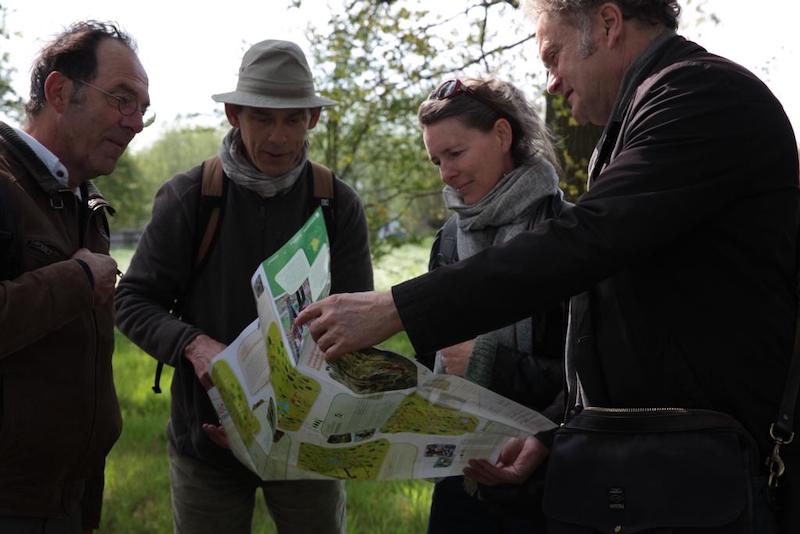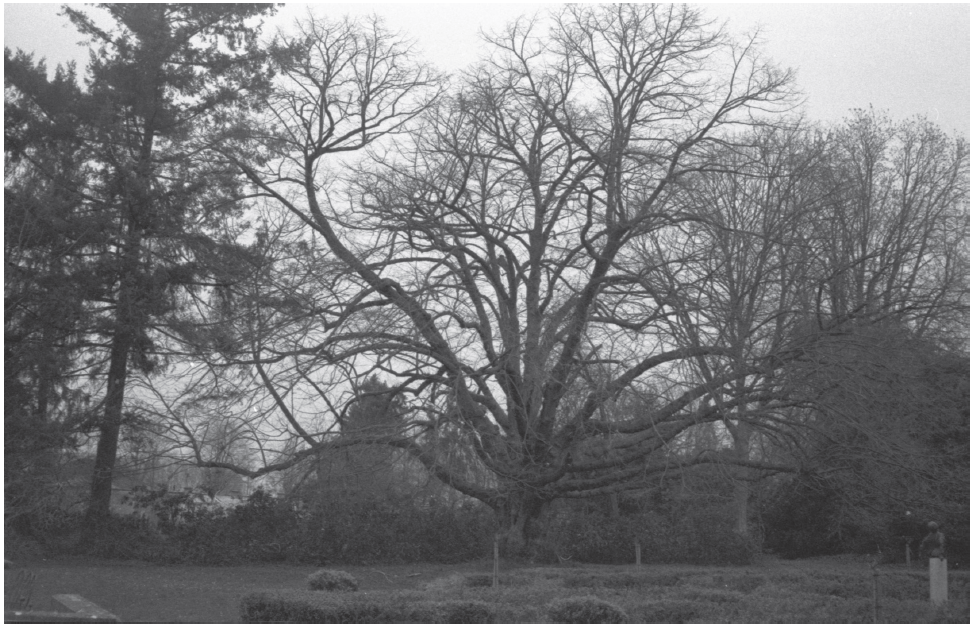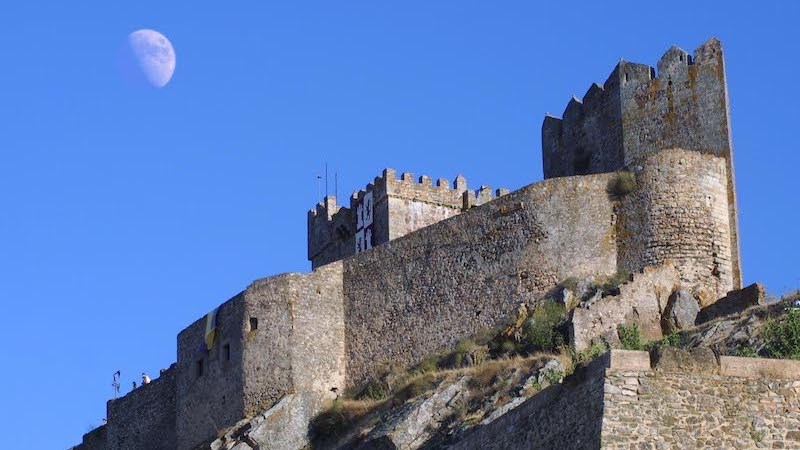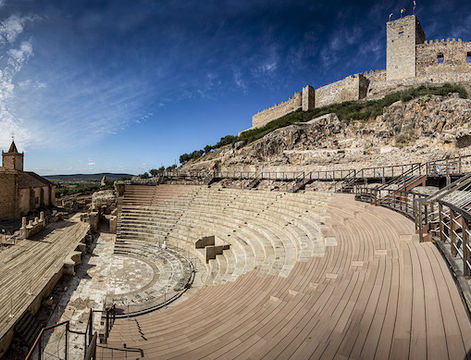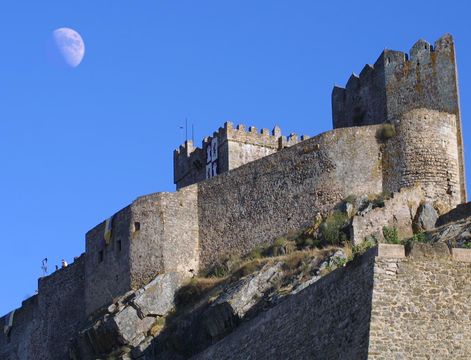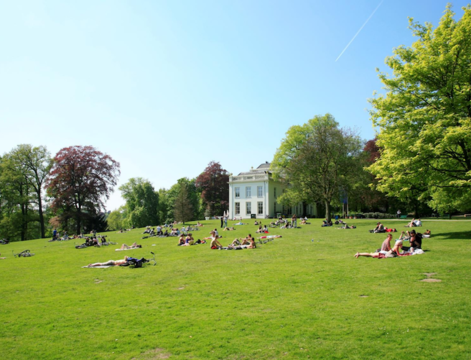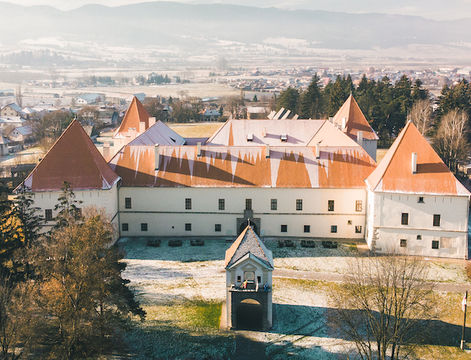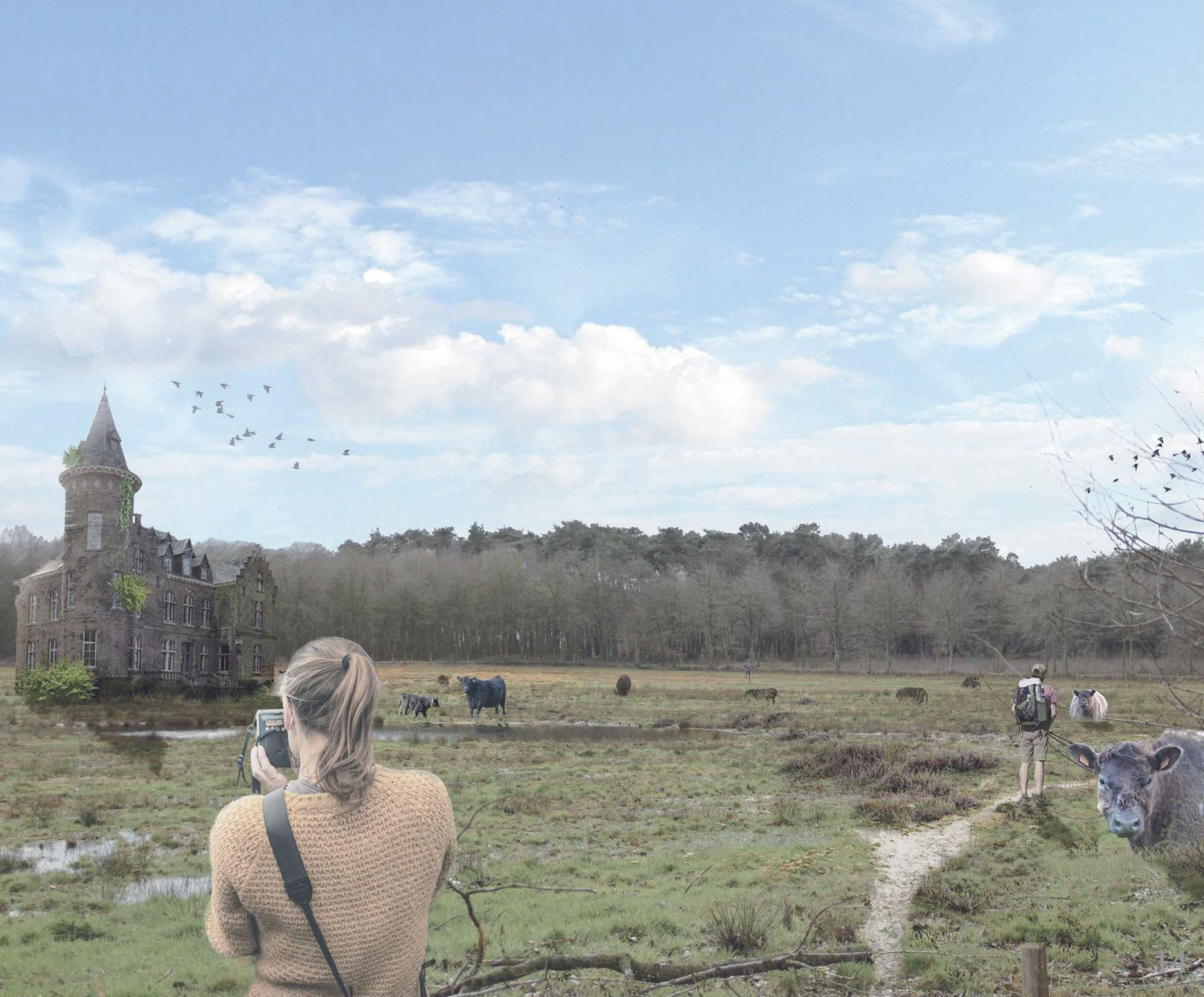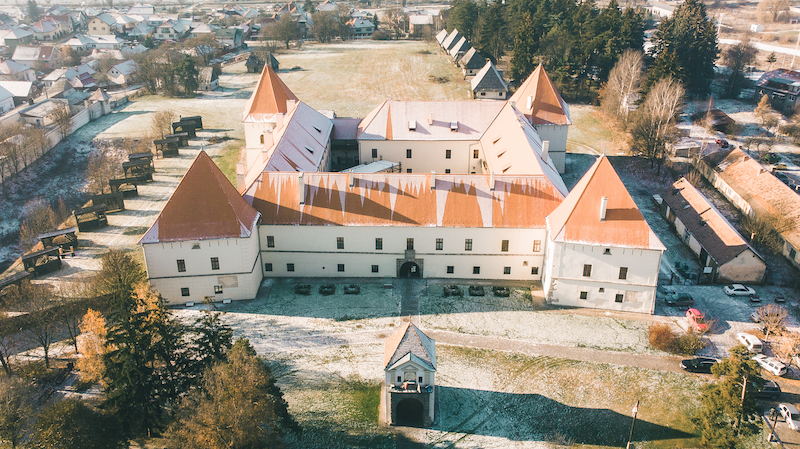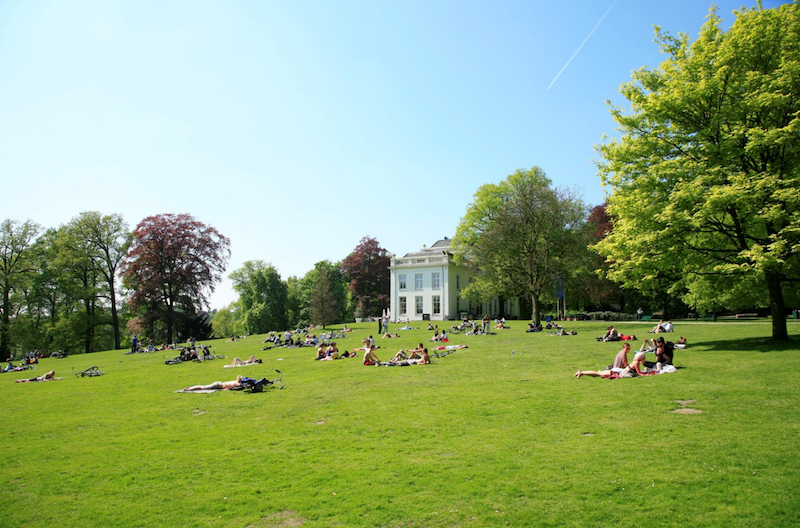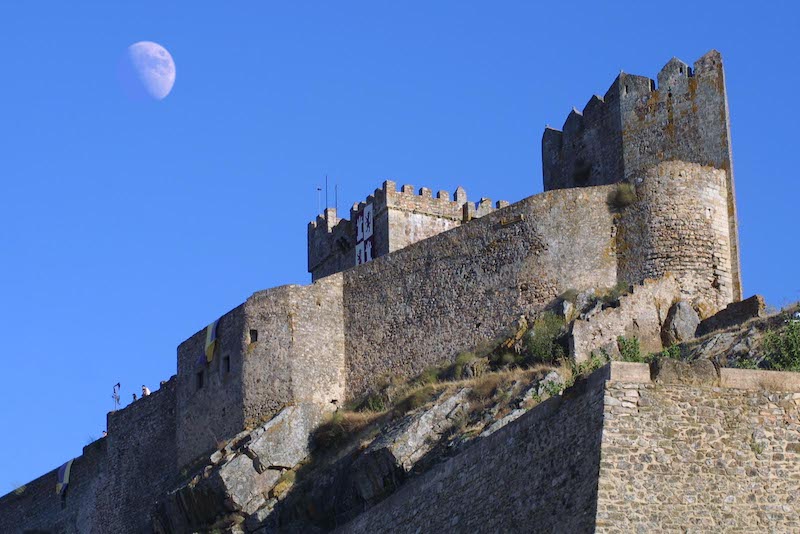As part of the Interreg Europe funded project Innocastle, a baseline survey has been conducted in the four European regions on the state of policy instruments influencing the conservation, transformation and valorisation of historical castles, manors and estates. The document is a base for comparison and reflects on the similarities and differences between the four regions, as well as proposes thirteen general policy recommendations for this type of heritage. The survey is coordinated by University College Ghent and will be published in September 2020.
The methodology
The aim of the baseline survey is to understand the starting conditions in each region and compare them to each other. A methodology was developed in the first semester of the project which combined the collection of qualitative and quantitative data. This process helped us amongst other to formulate the local action plans in each area.
The information collected focused on four methodology threads: a description of each region, the condition of rural estates, the policy contexts in which they find themselves and the stakeholders involved. Needless to say, the interaction between these four themes is crucial to understand.
Shared characteristics
The similarities and differences between the historical castles, manors and estates in the participating regions were a recurring topic during the projects many discussions. This led to the tentative proposal to identify all sites within the project as examples of the same heritage type - ‘rural estate’. Five unique characteristics have been identified which have a potential value for the future development of European rural regions.
For example, all rural estates originated out of their direct relationship with the landscape. This relationship was one of power and manifested itself in different ways throughout history: From protection to control and production to aesthetical enjoyment. These different relationships are today under pressure by the changing social, economic and spatial context. Redefining that relationship with the landscape creates an opportunity to transform the estates from places of power to places of co-creation, ecosystem services, education, sustainable food & energy production and small scale tourism. Approaching these sites as such is an inherent forward-looking gesture and facilitates their identification and activation in regional development.
‘Living Labs’
One of the thirteen policy recommendations developed within this study is stimulating on-site experiments as a strategy for policy development, for example through the organization of living labs. ‘Living labs’ are described by the ‘European Network of Living Labs’ as user-centred and open innovation ecosystems. They are based on a co-creation approach and integrate research and innovation processes in real-life communities and settings.
The study shows that this can be an interesting way to confront different stakeholders with the actual challenges of a specific site within temporary, policy-neutral, experiment zones.
This also triggers discussions relating our general understanding of rural estates or about the role of policy. If organized within the right framework, these living labs can lead to generalizable insights and policy measures.


